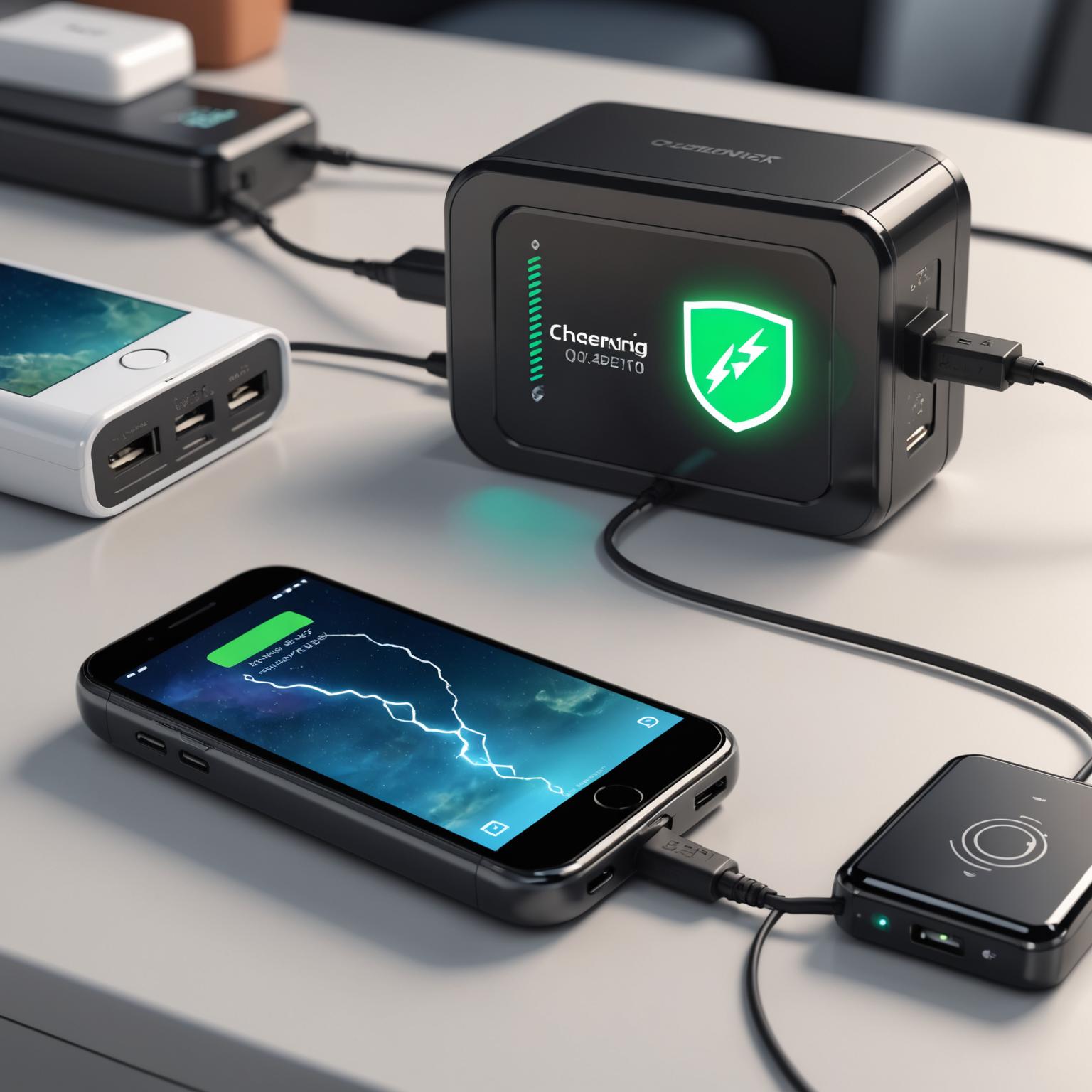This is our independent website, you can check out our products.https://pjcases.com
Today, we’re diving into a topic that affects nearly everyone in our hyper-connected world: battery life and charging speeds. We’ve all felt the anxiety of a low battery warning with little time to spare. To shed some light on the technology designed to solve this problem, we sat down with tech engineer and power systems expert, Dr. Evelyn Reed. She helps us understand the magic behind the modern fast charger and how it has revolutionized how we power our essential devices.

Breaking Down Quick Charging Technology
We started by asking Dr. Reed a fundamental question: what makes a fast charger ‘fast’? She explained, “It’s all about power, which is measured in watts. A standard, older charger might deliver 5 watts of power. However, modern quick charging technology is much smarter. It establishes a communication link with your device to determine the maximum power it can safely handle. Then, it increases the voltage and amperage—the two components of wattage—to deliver a much higher power level, sometimes 20, 45, or even over 100 watts. This allows your device’s battery to absorb energy much more rapidly, especially during the initial phase of charging from 0% to 50%.”
The Evolution to Standards like the QC 3.0 Charger
To understand how we got here, we asked Dr. Reed about the progression of charging standards. “It’s been a fascinating evolution,” she noted. “Early on, every manufacturer had its own approach. This led to the development of universal standards like Qualcomm’s Quick Charge. A QC 3.0 charger, for example, was a significant leap forward. It introduced a feature called ‘Intelligent Negotiation for Optimum Voltage’ or INOV. This allowed the phone to request the specific voltage it needed within a range, making the charging process incredibly efficient and reducing the amount of heat generated. While newer standards like USB Power Delivery (USB-PD) are becoming more common, the principles developed for the QC 3.0 charger laid the groundwork for the intelligent and adaptable quick charging technology we rely on today.”
Addressing Safety and Battery Health
A common concern among users is whether this rapid influx of power can harm their device’s battery over the long term. Dr. Reed was quick to address this. “This is a valid question, but modern systems are designed with multiple safety layers. The ‘fast’ part of charging primarily happens when the battery is low. As it fills up, typically past the 70-80% mark, the fast charger and the phone’s internal management system intelligently throttle the power down to a trickle. This prevents overcharging and minimizes stress on the battery’s chemistry. So, using a certified, high-quality charger that is compatible with your device is perfectly safe and won’t significantly degrade your battery’s lifespan compared to slow charging.”
Choosing the Right Charger for Your Needs
Finally, we asked for advice on what consumers should look for when buying a new charger. “Compatibility is key,” Dr. Reed emphasized. “Check what charging standard your smartphone or tablet supports. Is it a QC 3.0 charger you need, or does it use the newer USB-PD protocol? Using a mismatched charger won’t harm your device, but you won’t get the optimal charging speeds. Secondly, always opt for chargers from reputable brands that have undergone safety certifications. These certifications ensure the product is well-built and has protections against overheating, over-voltage, and short-circuiting. It’s a small investment for the safety and longevity of your expensive gadgets. Ultimately, the right fast charger can save you invaluable time and keep you connected when it matters most.”
